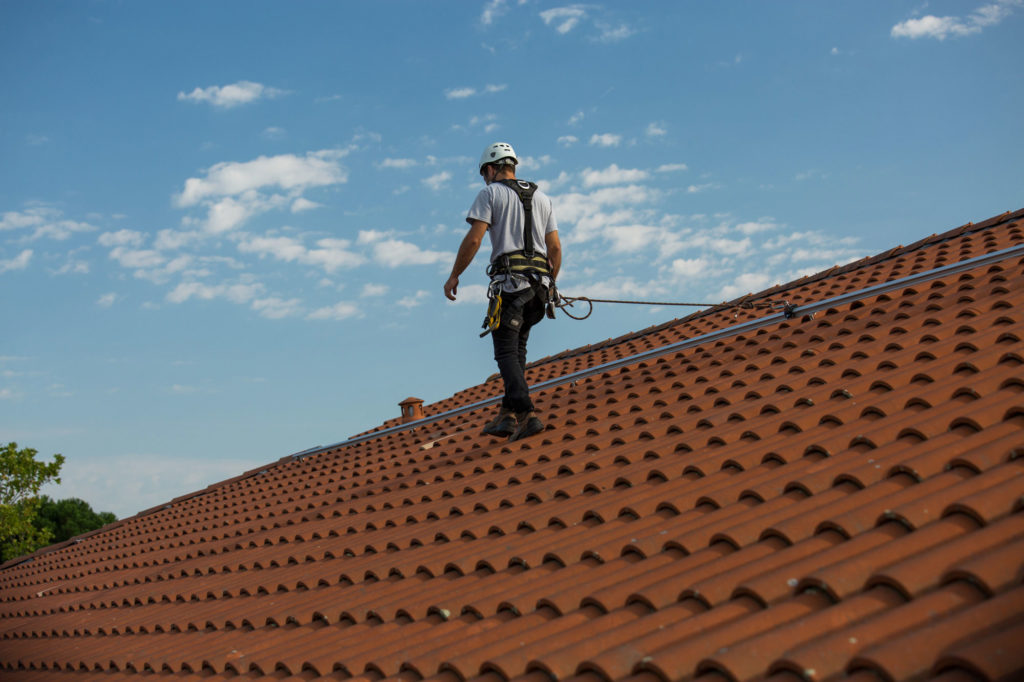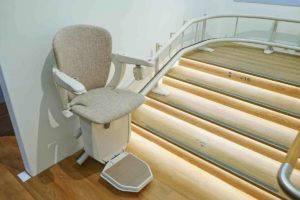
Restoring your roof during wet season can be a difficult but crucial task. If it’s roof repairs or a complete roof replacement taking care to address problems quickly can prevent more serious problems including water damage to the interior of your house. Water leaks that result from rain can quickly worsen, resulting in structural damage, mold, and costly repairs. Acting quickly is key, but the process requires meticulous planning and expert assistance. Roofers must be extra cautious during this season, ensuring safety and effectiveness when dealing with the muddy and slippery roof surfaces. One of the most frequent reasons for repairs during the rainy season involves water penetration. When leaks are identified the temporary fix can protect your home until permanent roof repairs can be completed. Professionals usually use waterproof tarps in order to stop leaks temporarily, allowing time to assess the damage and do more permanent repairs if the weather permits. Homeowners should be vigilant about looking for evidence of damage, for instance, damp spots on ceilings and walls. Are you hunting about pitched roofing? Visit the earlier mentioned site.
Resolving small problems as soon when they happen can save you from more serious damage down the line. When a roof replacement becomes necessary during the rainy season the project requires careful coordination to minimize the risk of exposure to rain. Ideally, roofing projects should be completed in dry weather, but waiting for the rain to cease is not necessarily a good option. Professionals typically work in sections to limit the roof’s exposure to elements. They employ protective materials like the plastic sheeting or tarps used to cover areas working on. This way roofers can make sure water doesn’t enter the structure during the replacement process, keeping the inside dry and secure. The type of roof you have, whether it’s pitched roofing or flat roofing–also impacts how roofers deal with repairs or replacements during wet weather. The pitched roofing, which has an inclined design, naturally allows water to run away more easily, making it somewhat less difficult to control in the rainy seasons. However, the more steep angles may pose additional risk for roofers, particularly in humid conditions.
It is essential to take extra precautions to ensure their safety when they traverse slippery surfaces doing repairs or replacements. However, flat roofing generally tends to be susceptible during rainy weather. Water may pool on the roof, causing leaks more likely. If doing work with flat roofing roofers should ensure adequate drainage and make use of extremely waterproof materials to tackle the problems caused from standing water. Installing a roof on flat roofing during the rainy season is a careful process, since the chance of leaks and damages increases if it is not done appropriately. Professional roofers are often able to install temporary drainage systems or barriers to prevent water from accumulating during the project. In the end, repairing your roof during dry season is all about keeping a balance between urgency and caution. When you’re in need of roof repairs, roof replacement, or a new roof installation, it’s essential to choose professionals who have experience in handling rainy weather conditions. Being quick to address roofing issues can safeguard your home from further damage while careful planning ensures that the repairs or replacements will last for a long time, keeping your home secure and dry throughout the most arid times during the season.








